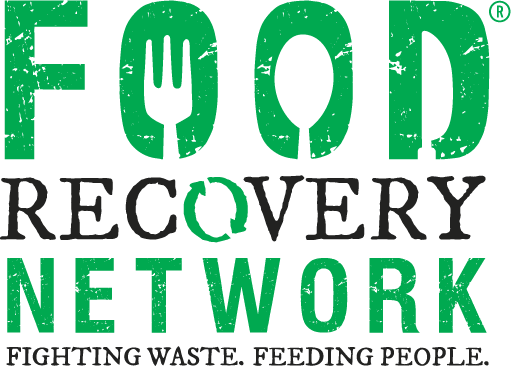Sometimes you have to forget about the bottom line and do what is right.
I attended the U.S. Environmental Protection Agency (EPA) Food Recovery Summit at Centurylink Field on June 7. Yes, I took my shoes off and wiggled my toes on the astro turf. No, I did not meet any of the players. (Centurylink Field is the home field for the Seattle Seahawks of the National Football League and Seattle Sounders FC of Major League Soccer.) I did, however, meet some of Washington’s biggest players in the fight against food waste. I had the opportunity to pick the brains of representatives from major restaurant management companies and large-scale food bank directors. We learned about all of the green thinking that goes into running a large-scale business. The presentations discussed how businesses keep profit margins up while also having the human power to glean and compost. Sometimes, doing the right thing just has to come before profits.
I was invited to this summit through my current AmeriCorps site supervisor. I am finishing up my AmeriCorps term as a Food Security and Nutrition Program Coordinator at Hunger Intervention Program (HIP), an organization striving to provide food security for all. I work to provide weekend food packs to children facing food insecurity. We distribute roughly 280 food packs a week, and each pack contains six meals to help when school food is not available. I also work to develop Food Justice workshops that discuss the impact of food waste on hunger. I was very excited to take a seat in audience of this EPA discussion and learn more about front line efforts against food waste.
Did you know that 40% of food in the U.S. is tossed into the trash while one in eight Americans goes hungry? Those statistics are what inspired me to join FRN, but I was surprised to learn that approximately 10% of food purchased by restaurants is thrown away prior to being plated. I was even more surprised to learn that only three percent of food in landfills is being composted while food waste is one of the leading causes of greenhouse gases. While the public is becoming more aware of the issue of food waste, food is still being produced and wasted at an alarming scale. Panelists at the summit shared current tools they use to track their food waste. For example, an organization called LeanPath Food Waste Solutions aims to curb food waste through helping restaurants see how much food is being wasted in real time. This allows kitchen staff to step in and make a change when they see that their food waste percentages are increasing.
Centurylink Field has some food waste prevention methods of their own. Fresh produce that is stored in walk-in refrigerators is protected from spoilage through use of carbon filters. These carbon filters reduce ethylene gas in the cooler and allow for a longer shelf life. Another method they use is to filter fryer oil more frequently. Frequent filtering allows for a 66% reduction in oil waste. To further prevent waste, chefs and kitchen staff create recipes from scratch and make small batches of food throughout the day. Finally, all food scraps are composted and the staff is in the early planning stages of using anaerobic digesters for on-site composting. Through these efforts, this stadium that feeds more than 69,000 people is able to be 96% waste-free.
Another inspiring presentation was made by Jay Payne, General Manager at Bon Appétit Management Company, who discussed Bon Appétit’s partnership with Food Recovery Network. I was so proud to be part of FRN’s Alumni Network when he bragged about the Food Recovery Verified program. Bon Appétit has set a goal to have 80% of its locations Food Recovery Verified. Jay’s presentation reminded me of when my campus became Food Recovery Verified in 2016, and I am excited for Bon Appétit’s commitment towards reducing its food waste.
Gatherings like the EPA Food Recovery Summit are so important. They show that our efforts matter. We are making a difference. This summit inspired me to discuss the usage of carbon filters in HIP’s produce storage and how this method could help extend the shelf life of food for our community members. If we continue these conversations, more organizations will be aware of the steps they can take to end food waste. I encourage FRN chapters to seek out opportunities for discussion with EPA members and other large-scale food manufacturing companies. We need to get more restaurant management companies engaged in the discussion around food waste prevention ask them to do what is right.

